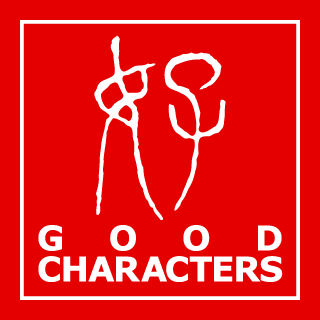
Why I Created a Timeline Journal and How You Can Use It to Learn from History and Your Own Life
Today is Columbus Day, or as it’s now also called, Indigenous Peoples’ Day. It’s also Sports Day in Japan.
I’ve always thought it would be interesting to make a timeline book about Columbus to learn more about him and the history of that time. I read yesterday that Columbus might have been Spanish and Jewish, according to a new genetic study. People are mostly shaped by the time they live in, but there are probably still some things we can learn from him—both what to do and what not to do.
Earlier this year, I published the Modern Timeline Journal, which is mostly a journal with bits of history sprinkled in. I had this idea of making a timeline book where each page represents one year, and you place important events in chronological order. The goal is to show the gaps between events and give a better sense of how time passed. It can also be used as a workbook for your own memoir because you can write down what was significant for you in those years.
I’ve had this timeline idea for years. For the Modern Timeline Journal, I spent hours researching, writing, and editing the list of events. I have ideas for many more timeline journals, but I stopped at one because it wasn’t cost-effective.
But now, I can use AI. I can feed it a Wikipedia page and have it create a timeline for me. Then I can review and improve it. This makes it possible to create more books much faster. AI isn’t quite a one-click solution yet, but maybe I just need to get better at prompting it. That’s something I’m working on. It’s not a tool of the future, it’s here now.
Note: As an Amazon Associate, I earn from qualifying purchases. The link above is for my book.
Whenever I don’t have a picture for a blog entry, I’ll just use a photo I took in the past and put it here.
